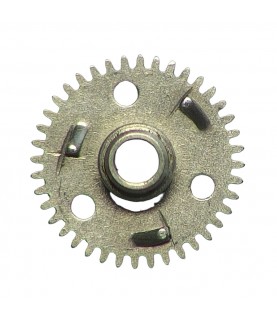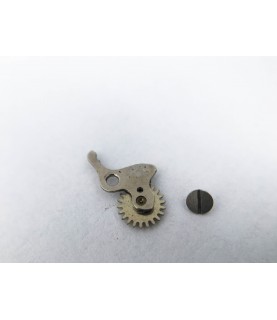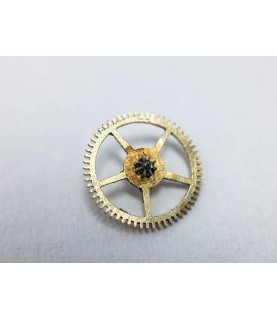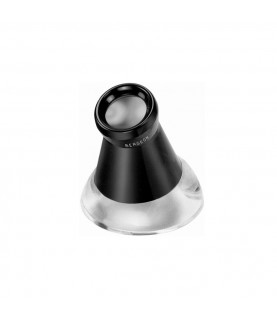The Tale Of Zenith's A. Cairelli Chronograph
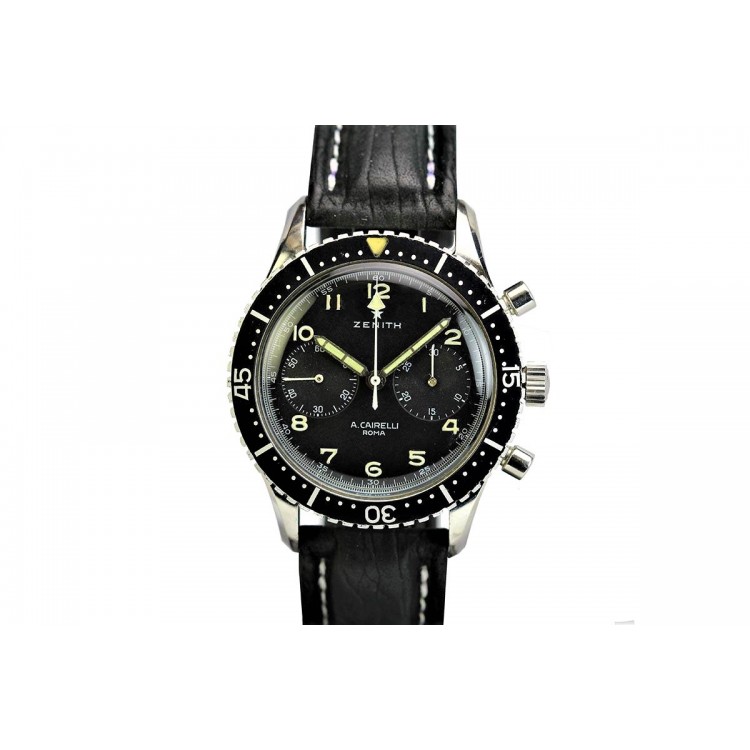
The making of a legend in time Last year, when Zenith reissued the legendary “A. Cairelli” CP-2, chronograph, collectors – appropriately – offered thanks to the heavens. The stunning re-edition reminded them of a rarely recalled chapter in the history of military watches, well-known in Italy but less so beyond the core (or should that be corps?) of military watch enthusiasts. While seasoned military watch aficionados might reel at describing the CP-2 as “rarely recalled,” the reasons for this categorisation are quite specific. For one thing, it was – in A. Cairelli – signed form – issued only to the Italian forces, so its fame and its original fan base are, or were, restricted solely to the home market. For a second, only 2,500 were produced, with one estimate suggesting that 2,000 were issued to the military and 500 sold to the public. Another source has intimated a 50/50 split. According to Zenith's official history, it was confirmed thusly: “The Italian army ordered more than it distributed, so a rather large number of them are on the market, within the limit of the 2,500 pieces that were made. Those with the military markings are in the most demand.” Although the CP-2 instantly seduces both chronograph and military watch buffs, its rarity has mitigated against it being as well-known in collector circles as the IWC “Mk” models, the Rolex “Mil-Spec” Submariners made for the Royal Navy, the Omega 300s made for the British services or, most pointedly, the original military – issue Panerais – also, coincidentally, Italian. This matters hugely, because Italian collectors are among the most fervent in the military watch community, rivalled only by their former collaborators, the Germans. That said, the A. Cairelli Zenith has always been enormously desirable to those in the know. Values show a trend to liken to those for Heuer Autavias and certain Tudors. When I was offered one in the mid-1990s, the price then was £ 1,200 (then US $1,800), or £ 2,500/$3,400 today. That is not far off what you could have paid for one as recently as five years ago. But, as of December 2015, all that changed when Antiquorum offered a CP-2 with a US $3,000-5,000 estimate, it ultimately sold for $11,875 with premium. And current values have yet to peak. What's In a Name? Mention of Panerai is crucial to understanding the almost unique status of watches bearing the name “A. Cairelli” on the dials. Why “almost unique”? Because A. Cairelli of Roma shares much in common with Panerai of Firenze. It was the Italian government's use of military materiel distributors in the public retail sector that created the dial presence for both the names “A. Cairelli” and “Panerai” on the watches supplied to the Italian services.

In other words, Panerai and A. Cairelli were, for lack of a better term, subcontractors, or what the French would call negociants when talking about a similar arrangement in a wine-procuring context. It's a story that encompasses not just the CP-2 watch, the actual subject of the reissue, but its predecessors and the watches that would replace it.

Information is scarce regarding A. Cairelli itself, believed to have been founded in 1932, but dogged enthusiasts have uncovered other watches branded by the company beyond the coveted CP-2. Because of this, the collectors of A. Cairelli – themed watches has more than just the CP-2 to seek out, but - as with the French military's Type 20 and Fifty Fathoms watches, and the 12 timepieces collectively known as the “Dirty Dozen” - variants of the CP-2 create a subgenre of their own.

Although the company was wound down in the 1960s or 1970s, modern A. Cairelli – branded models reappeared in the 21st century, in a civilian range of diving watches and chronographs with dials bearing the A. Cairelli name. While these might not have the same allure as original Cairelli products, certain to be of appeal to collectors of militaria from the earlier incarnation of the company are A. Cairelli bomb – release timers, all based on stopwatches, as well as clocks fitted to cockpit control panels.

